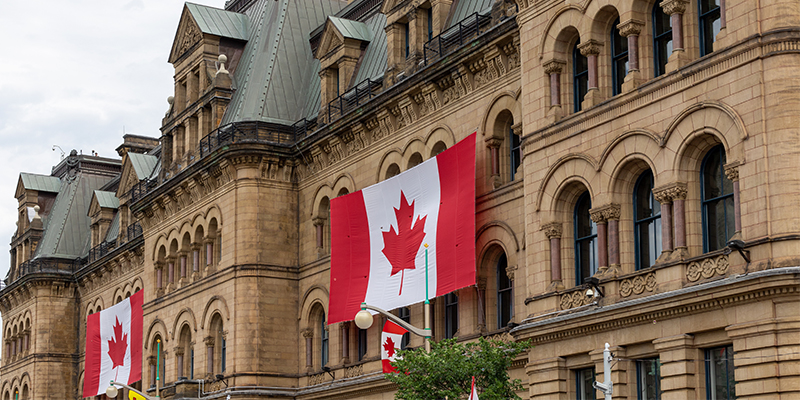The COVID-19 pandemic interrupted a nearly 12-year growth cycle for the senior housing market, causing a drop in valuations to an eight-year low. Stabilized occupancy rates also fell to record lows due to infections, mandated holds on new resident admissions, safety concerns, and isolation fears. Rents, however, continued to rise, despite significant occupancy losses.
In addition, following four consecutive years of year-over-year decline, total price per bed for nursing homes increased by nearly 22 percent in the first quarter of 2021, marking the second-highest price point for nursing homes ever recorded, according to JLL Valuation Advisory’s recently released Seniors Housing & Care – Investor Survey and Trends Outlook.
The senior housing and nursing care sector had one of its strongest years for transactions in 2019. Prior to the pandemic, 2020 was also shaping up to be another solid year. Unfortunately, the pandemic tested the traditional sector norms, forcing investors to press pause amid unprecedented operational pressures and occupancy losses. Though less pronounced, this downward trend continued into the first quarter of 2021.
The good news, however, is that as we further emerge from the pandemic and return to a more normal existence, the market is poised to face some of its strongest demand ever. While there remain many challenges, long-term demand is robust, fueled in large part by an aging baby boomer population, which is now within 10 years of occupancy.
With long-term demographic tailwinds intact, many transactions over the past 12 months represented liquidation events as most well-capitalized owners opted to hold and operate through the pandemic with expectations of a rebound in valuations.
As market fundamentals continue to show favorable momentum, investors who remained on the sidelines for much of last year are now expected to cautiously get back in the game. Dry powder for commercial real estate investment remains at an all-time high, with the senior housing and care sectors experiencing a significant increase in the percentage of private capital placement.
After an industry trend toward the more lifestyle-focused segments of senior housing, investors are gravitating back to the more traditional and need-driven segments, with assisted living identified as the most sought-after investment opportunity in 2021. Investor interest in nursing care is also increasing year-over-year, according to JLL Valuation Advisory Research.
Senior housing debt markets are also beginning to show signs of increased liquidity. Investors, particularly private equity, are raising debt funds while banks and life companies are slowly reentering the market for new loans as temporary expenses such as hazard pay, government subsidies and personal protective equipment are better understood in underwriting.
The successful roll-out of vaccines, initially aimed at our most at-risk population – the senior community – was a positive step for the market. Recent government data shows that an estimated 91 percent of residents in senior living communities and 65 percent of staff have been vaccinated, resulting in a significant decline in infections.
According to JLL Research, the strength of the national housing market pushed home values up some 15 percent year-over-year as days on market decline. With home equity values being a major determinant of senior housing residents’ ability to move into and afford senior housing rents, this is a positive factor in determining reabsorption rates.
The rate of supply growth has been a top concern during the past several years. Construction starts reached an all-time high in 2018, resulting in significant inventory growth throughout 2019 and 2020, furthering the impact of the pandemic on average occupancy levels.
In a sector previously positioned for disruption, there is an acceleration of existing trends with the emergence of new innovations in technology, infrastructure, and design. While health and wellbeing were always top proprieties, healthcare leaders are now laser-focused on the health and safety of residents and staff as they reopen.
Despite the challenges facing the seniors housing sector, distressed transactions activity continues to be limited. Distressed seniors housing transaction peaked in the third quarter of 2020 at 2.1 percent of total volume. Seniors housing distressed loans represent just 1.2 percent of distressed loans for all commercial real estate as first quarter 2021, according to JLL Valuation Advisory data.
Looking Forward:
While the senior housing sector still faces near-term uncertainty, the overall back group of liquidity for real estate continues to be favorable.
With operators focused on understanding the ramifications of COVID-19 and caring for their residents and staff, they now face the opportunity to build occupancy levels. In terms of construction starts, the tapering of new supply is expected to continue, with construction starts declining to 10-year lows.
Market fundamentals are expected to steadily improve and restabilize between two and four years, depending on the location. Considering the reduced construction starts already experienced, further decline is expected.
The risk threshold that investors are applying to seniors housing has increased during COVID-19, with spreads retreating to 2008 and 2009 levels. Notwithstanding a recent gradual increase, 10-year Treasury rates continue to be at low levels compared to other points during the past cycle, and spreads remain healthy and attractive, which will bolster opportunities for investors to capture yield as market sentiment continues to improve.








